In November of last year, the Poco M3 popped into existence and it was a very important smartphone. Why? Because it was cheap, and it had good specs for the money. It was so good that, if you wanted a phone for RM600-RM700, baik beli Poco.
But then, just two months later in January of this year, Xiaomi Malaysia released the Redmi 9T, and holy moly it was basically the same smartphone, but a little bit better.
And the best part? Both of these devices were priced exactly the same. And you know, when two smartphones have the same price, it’s my time to shine: It’s time to put these smartphones camera bump to camera bump, dewdrop notch to dewdrop notch, in a comparison.
Which one should you buy? Let’s find out.
Before we start this comparison, I want to clarify right up front that these are entry-level smartphones. The Redmi 9T and Poco M3 are priced at RM599 and RM699 depending on their memory configuration.
So, you shouldn’t be expecting anything close to “flagship” performance. But, if the smartphone is laggy or plasticky or whatever, you will still hear me point those things out. Just because it’s cheap doesn’t suddenly make a slow phone fast.
With that out of the way, let’s start with the first segment.
Performance
On paper, these smartphones definitely have some of the best specs at the price point. You don’t get some random unnamed processor at their core. Instead, both devices get Snapdragon 662 processors with Adreno 610 GPUs.
On top of that, you’re also getting either 64GB or 128GB of UFS storage, which is honestly very generous. With the triple slot SIM tray, you can even expand storage with a microSD card without sacrificing a SIM slot.
With the Poco M3, you’re getting 4GB of LPDDR4X RAM across the board while the Redmi 9T will net you either 4GB or 6GB of LPDDR4X memory depending on the configuration.
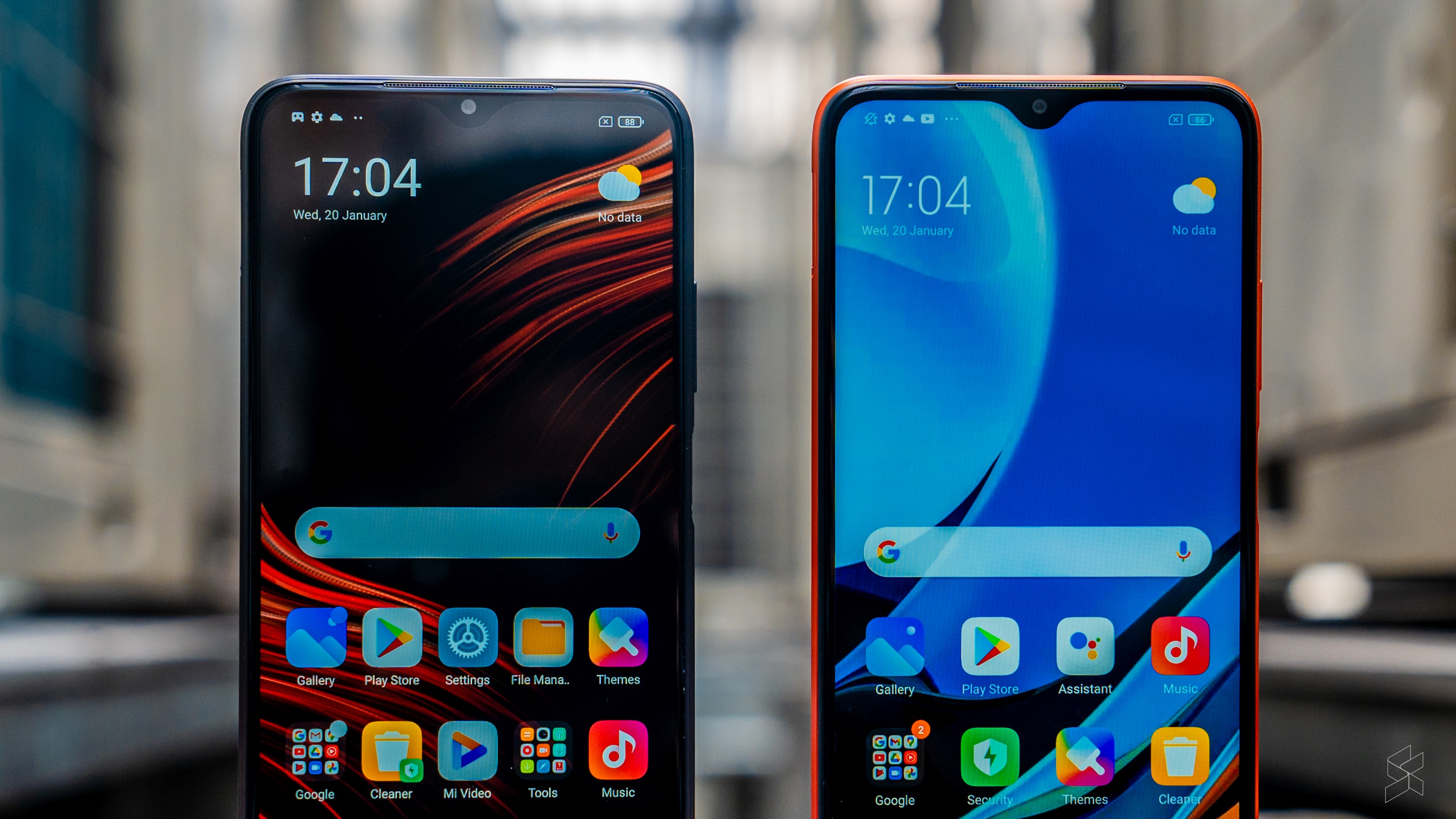
Those definitely look like really good specs. However, you have to remember that these are entry-level smartphones, so performance is sluggish, to say the least.
Everything always takes more than a moment to respond. Tap on an app or an action, and there’s always a brief pause before anything happens. It’s almost like you can see the phone thinking about what you just did before kicking into action.
That, unfortunately, also means that these are not gaming smartphones. Not very capable ones, at least. Trying to run stuff like Genshin Impact, even on the lowest graphical setting, is like playing the game on PowerPoint slides, you can almost count the FPS as you swipe around.
A more optimised game like Asphalt 9 is mostly playable on medium to low settings, but if you try and run anything higher the phone just grinds to a halt.
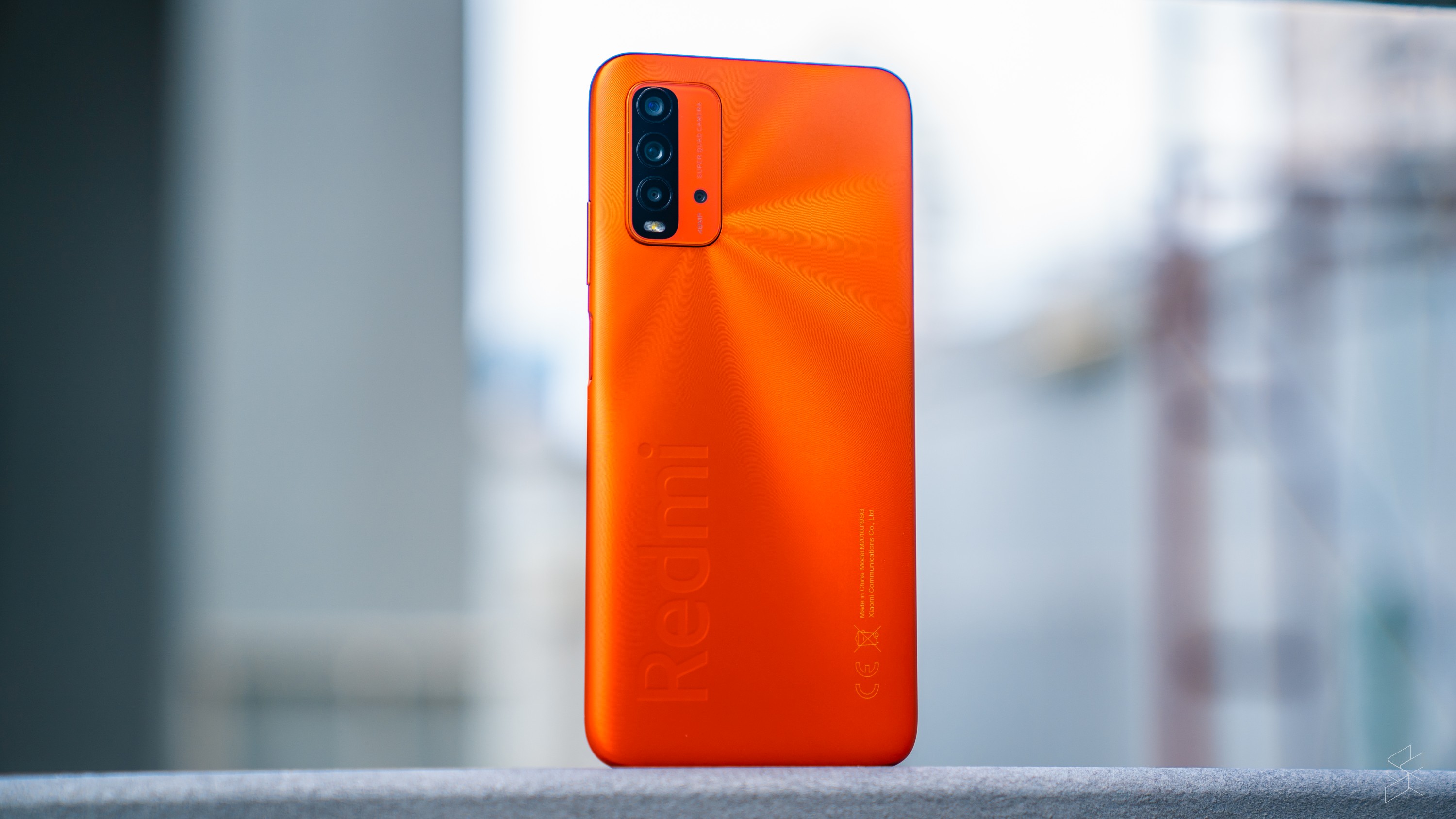
As far as thermals go, they both get pretty warm to the touch after just 10 plus minutes of gameplay. Interestingly, however, I actually got an overheating warning from the Redmi 9T while I was updating Genshin Impact, something I didn’t experience on the Poco M3.
That said, I didn’t run into any issues while in-game. But, that could also be because I gave up after a couple of minutes because it was basically unplayable.
Probably the biggest plus these phones’ specs are their 6,000 mAh batteries. These are truly massive cells, and considering the specs for each phone, you should expect identical battery performance. They also support 18W fast-charging, but both smartphones include 22.5W fast-chargers in the box.

The similarities don’t stop there either. Both devices come with 6.53” Full HD+ LCD displays. I really like that both phones have Full HD+ resolutions because this is one of the first things manufacturers skimp on at this price point. But, you can definitely tell that these aren’t high-end displays.
For starters, there’s no fast refresh rate or anything like that. But, the most noticeable thing for me is the fact that there is a significant dip in brightness when viewing this phone even slightly off axis. Then again, you shouldn’t be expecting the “most advanced LCD” or anything like that in phones at this price point. Here, I’m just happy that we’re getting Full HD screens at all.
And, at this size, they’re pretty decent for media consumption as long as you’re not viewing off-axis. Xiaomi have also bundled both phones with earpiece stereo speakers to amp up the audio experience.
Are they great? Not really, but they’re good for the price point. There’s a pretty nice full sound coming out of the speakers, even if it’s a little muddy. Though, I do wish there was just a little bit more volume.
That said, if you want better audio, the nice thing is that you can just plug in a pair of wired headphones because both devices come with 3.5mm headphone jacks.
As far as performance goes, there really isn’t much that separates the Redmi 9T and the Poco M3. Where these smartphones differ are in their cameras.
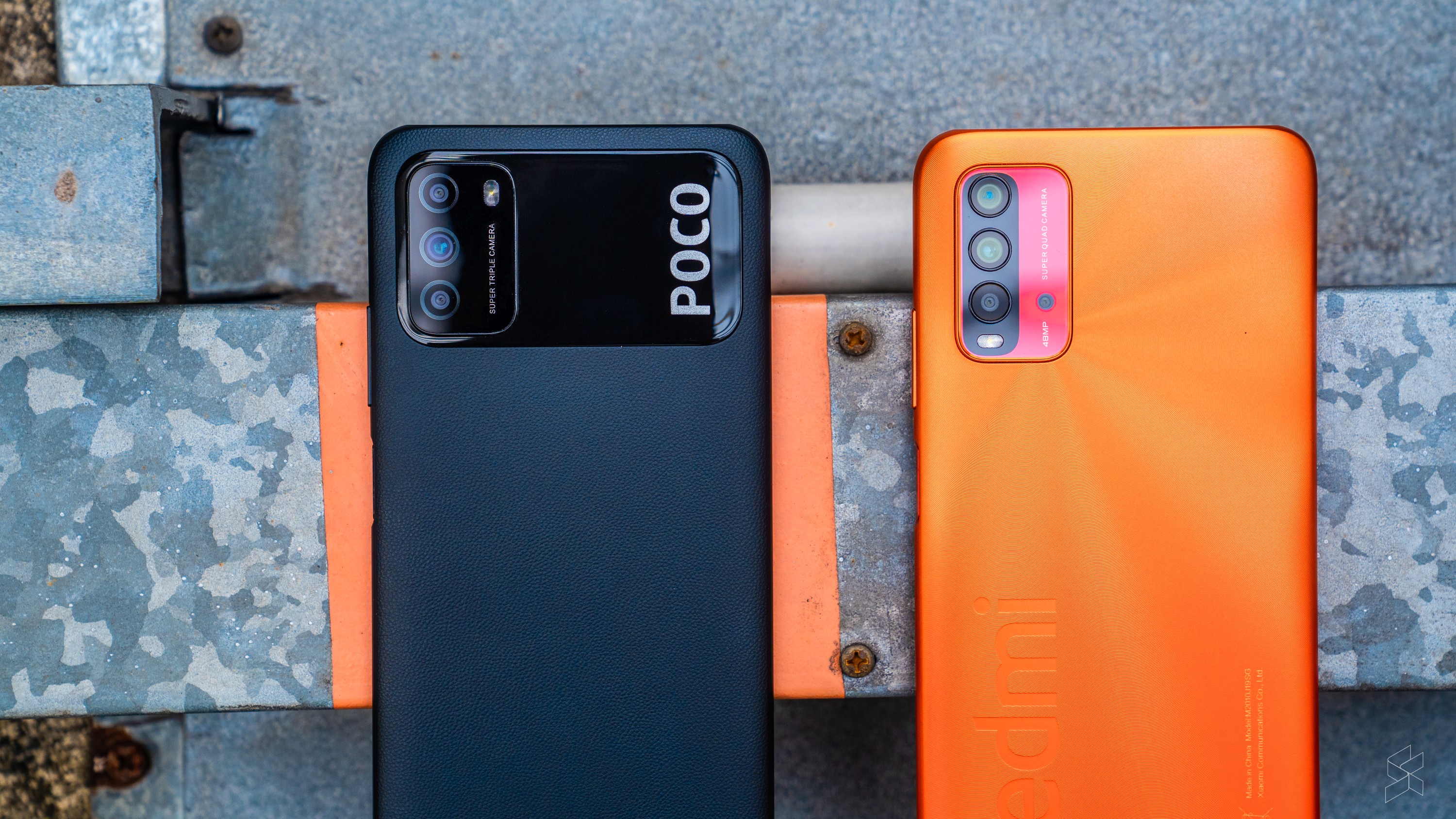
Cameras
Poco’s M3 features a triple camera setup at the back. You get a main 48MP wide camera, a 2MP macro camera, and a 2MP depth camera.
On the other hand, the Redmi 9T features a quad camera module instead. You still get a 48MP wide camera and the 2MP depth as well as the 2MP macro. But now, you get an additional 8MP ultra-wide camera.
As far as the main camera goes, I think both of them produce very similar results. There’s not a tonne of detail, and the colours definitely look washed out even with AI turned on.
I would avoid using these smartphones for low-light photography because the results are quite unusable. They don’t have much detail with night mode off, and even when you switch Night Mode on, there’s still plenty of colour and luminance noise.
Interestingly, while they use the same 48MP wide cameras, the camera UI and functions are slightly different between the two. On the Redmi 9T, you get the three toggle switches for the various preset zoom ranges. With the M3, you don’t get any of that.
Maybe it’s because the Redmi 9T has the ultra-wide camera, but that shouldn’t stop them from including a 2X zoom since both phones use similar digital zooming.
Regardless, it’s the image quality that we’re looking at here. And at 2X, well, it looks like digital zoom which means it’s usable but there’s not a tonne of detail or clarity.
The Redmi 9T definitely has the edge when it comes to versatility since it has that extra ultra-wide camera. However, image quality isn’t really great either. It has that CCTV kind of look to them, but then again at this price point this isn’t very surprising.
I was, however, very impressed with the Portrait Mode because of the quality of bokeh and edge detection. I think the M3 has slightly better exposure and skin tone, but the difference isn’t particularly huge.
On the selfie front, the Poco M3’s image is much warmer and has a slight green tint while the 9T has a much cooler colour temperature with a magenta tint.
I suppose it’s no surprise then that these cameras perform so similarly. The hardware is pretty much identical, but I do like the versatility of the extra ultra-wide camera.
Finally, let’s wrap this up with the build and some of the other features I haven’t mentioned.
The other stuff
Let’s be real here, at below RM700, you’re not going to get any of the fancy materials you’d see in high end phones. These are definitely in the “fantastic in plastic” category of device.
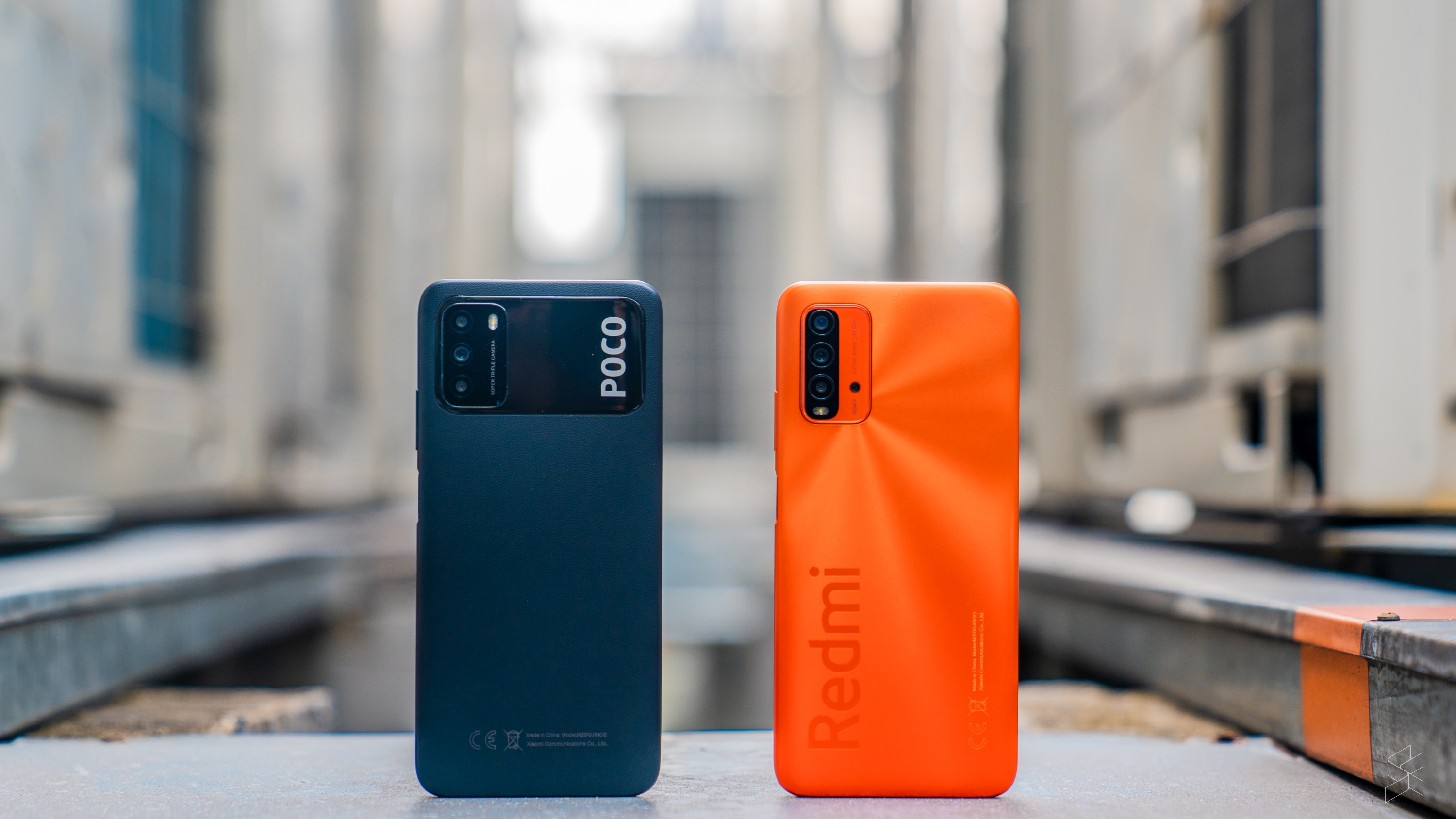
But, I have to say that the phones certainly feel comfortable to hold in the hand. The edges are nicely rounded so that you can comfortably grip these devices even though they’ve got a pretty massive footprint.
The buttons have a nice click to them, and the fingerprint scanner plus power button combo is in a comfortable spot to reach. This position isn’t my favourite because I’d rather have a rear-mounted or front-mounted scanner, but the accuracy and reliability has been pretty good so far.
Having a fingerprint scanner is definitely useful in a world where we’re all wearing masks.
Both phones also come with an IR blaster which is always useful, and MIUI 12 out of the box. There are a couple of little tweaks that Poco has added to the M3’s software, like the Hidden Apps drawer, but besides that it’s pretty much the same skin.
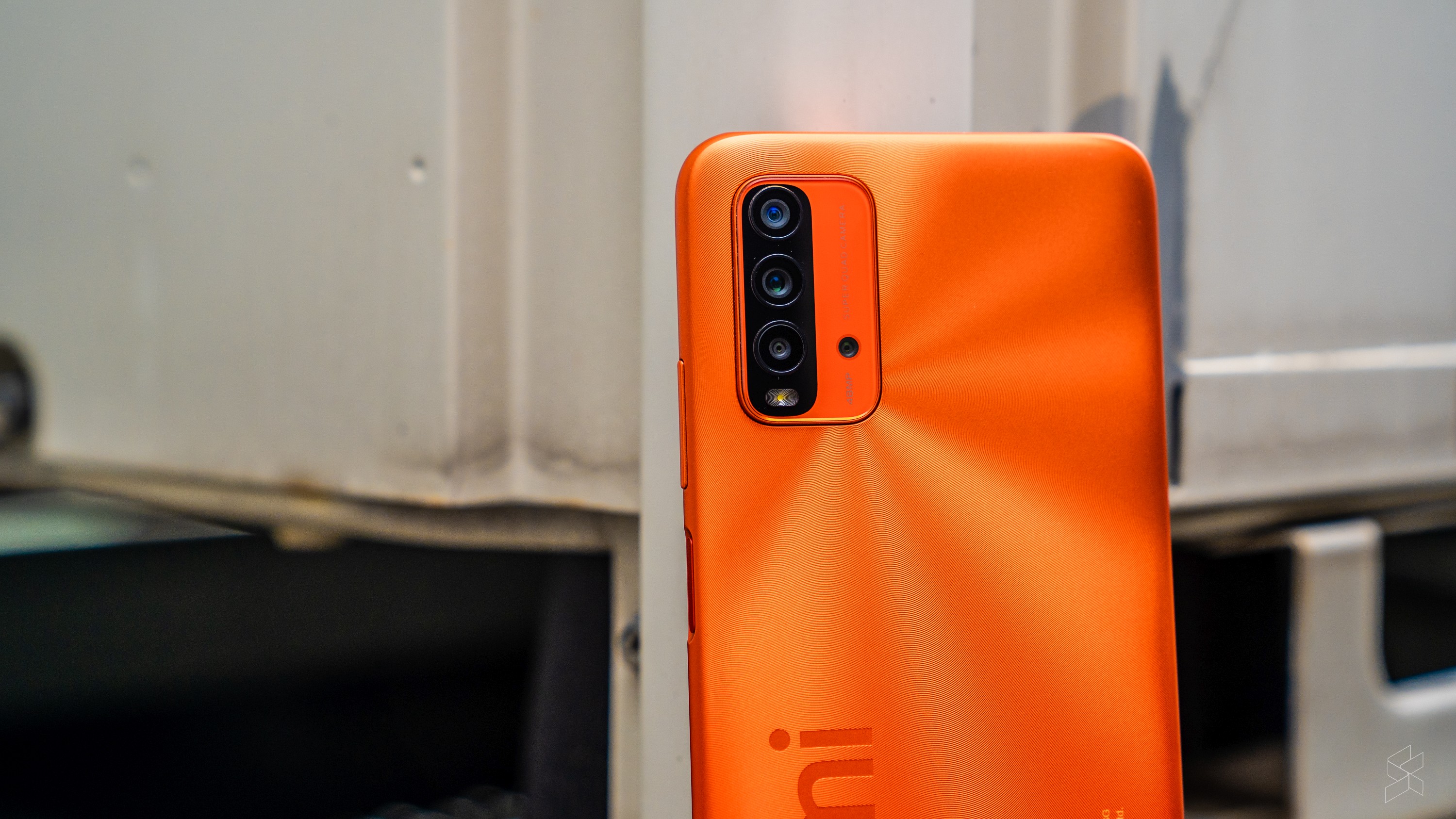
On the design front, there might be some split opinions. I have the very loud orange Redmi 9T here alongside the muted black Poco M3, and there are definitely design differences despite how similar these phones are.
Most noticeable of which is the camera bump. While the Redmi 9T opts for a conventional design, the Poco M3 prefers to go all out with a bold look that stretches across the back of the phone.
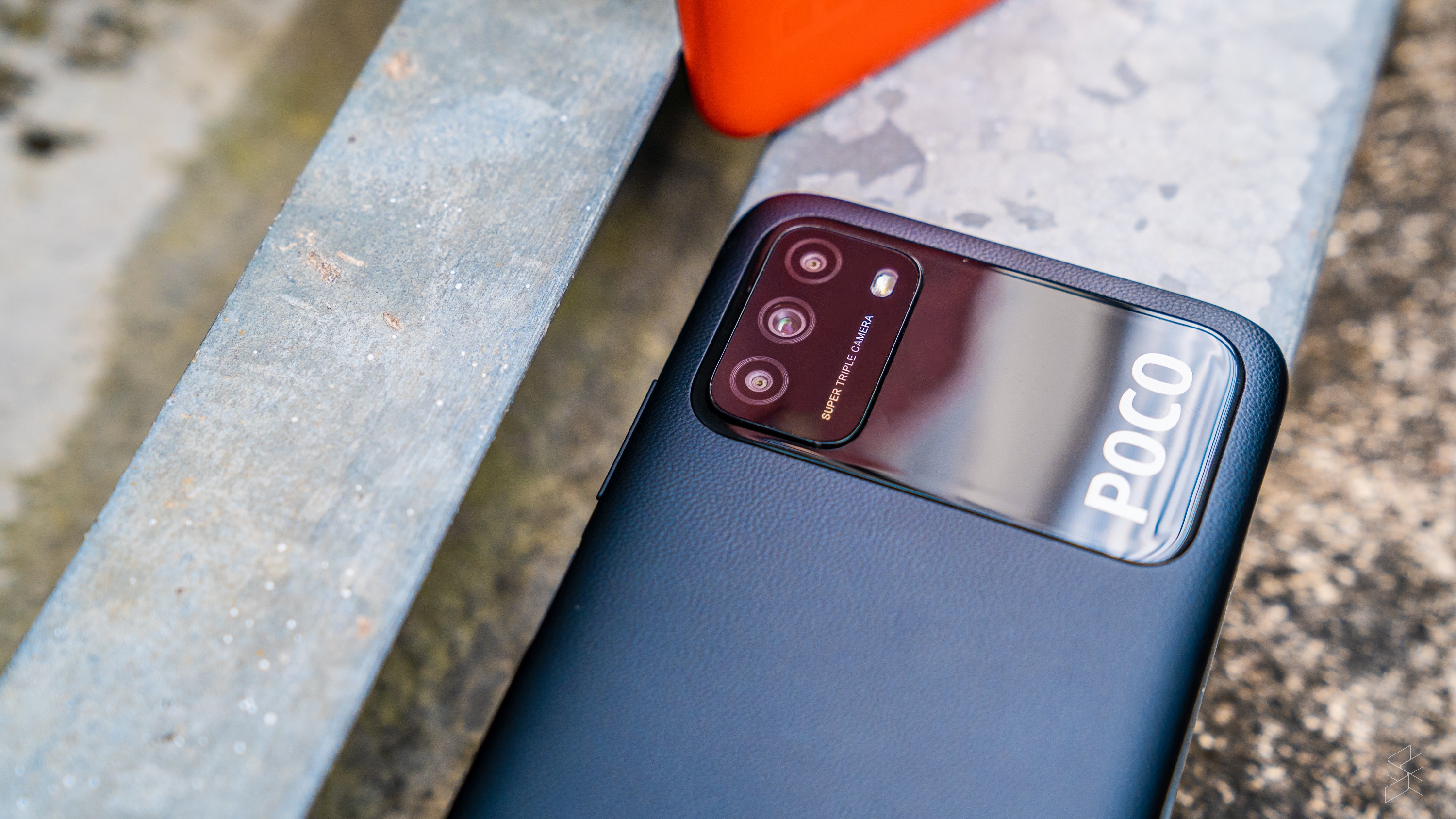
Which is nicer? I mean, it’s a toss up for me, but I did notice something interesting about the backs of the phones. The M3 uses this faux leather textured plastic back that’s surprisingly quite the smudge magnet. Grime gets stuck there and it’s quite hard to get rid of even if you try to wipe it down.
On the other hand, the concentric circle design on the back of the Redmi 9T definitely does a better job at rejecting smudges.
Verdict
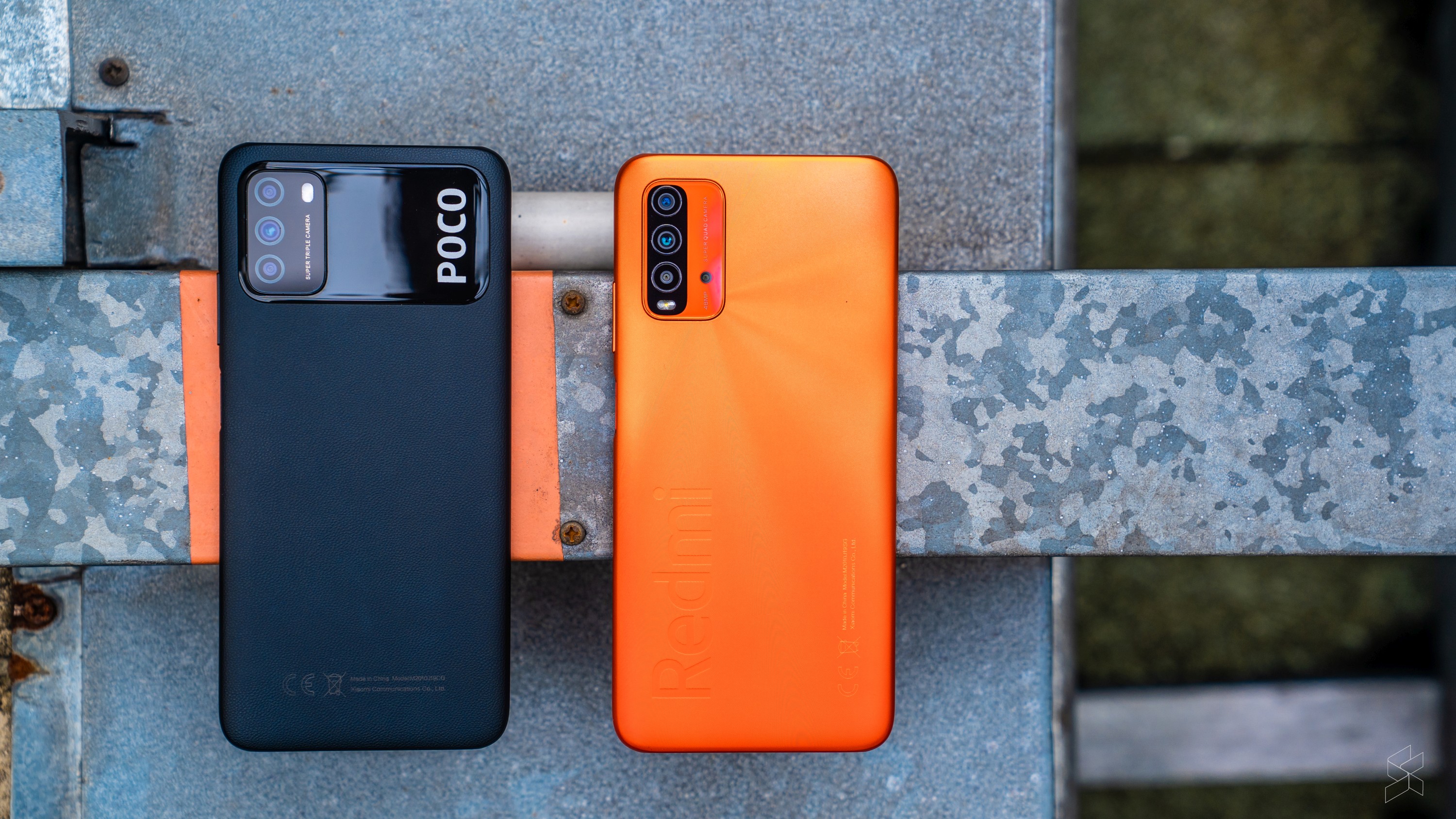
To be honest, there’s really not much that separates these two devices. In fact, when they first launched we were like “wait did they just launch the same smartphone again?”
And to a certain degree, they kind of did. These phones perform so similarly that choosing between them is either really hard or really easy.
For me though, it’s really easy. Just pick the one that’s cheaper or the one that happens to be on sale when you want to buy it. Or maybe, the one you think looks nicer because from a usage standpoint, there isn’t a huge amount of difference.
The only notable “upgrade” is the ultra-wide camera and the extra 2GB of RAM that you get on the Redmi 9T’s top spec model. So, if they were the same price then I definitely think the Redmi 9T offers more value for money.
But, if you want like a top-tip from me, I’d tell you to save a little more and get the Poco X3 NFC (RM899, RM1,099) instead.
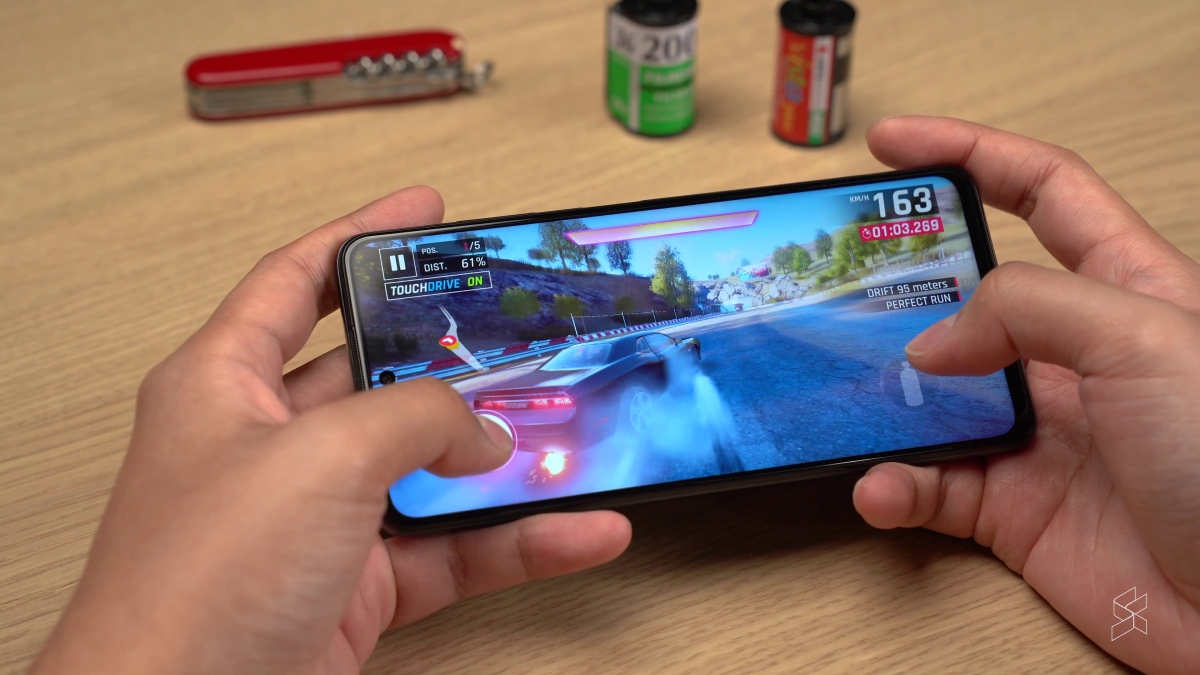
Purely from experience alone, the X3 NFC is a much better device. It’s so much smoother and more responsive. Plus, you get the really nice 120Hz screen which is just way nicer to use than these 60Hz panels. And you can get all of that for just RM200 more for the base model.
But, if you really can’t afford it and have to pick between these two, I’d go for the Redmi 9T.
Buy the Phones:
Poco M3 – Lazada, Shopee
Redmi 9T – Lazada, Shopee
Poco X3 NFC – Lazada, Shopee
Photography by Zachary Yoong with the Sony A7 III.
The post Redmi 9T vs Poco M3: The best CHEAP smartphone appeared first on SoyaCincau.com.
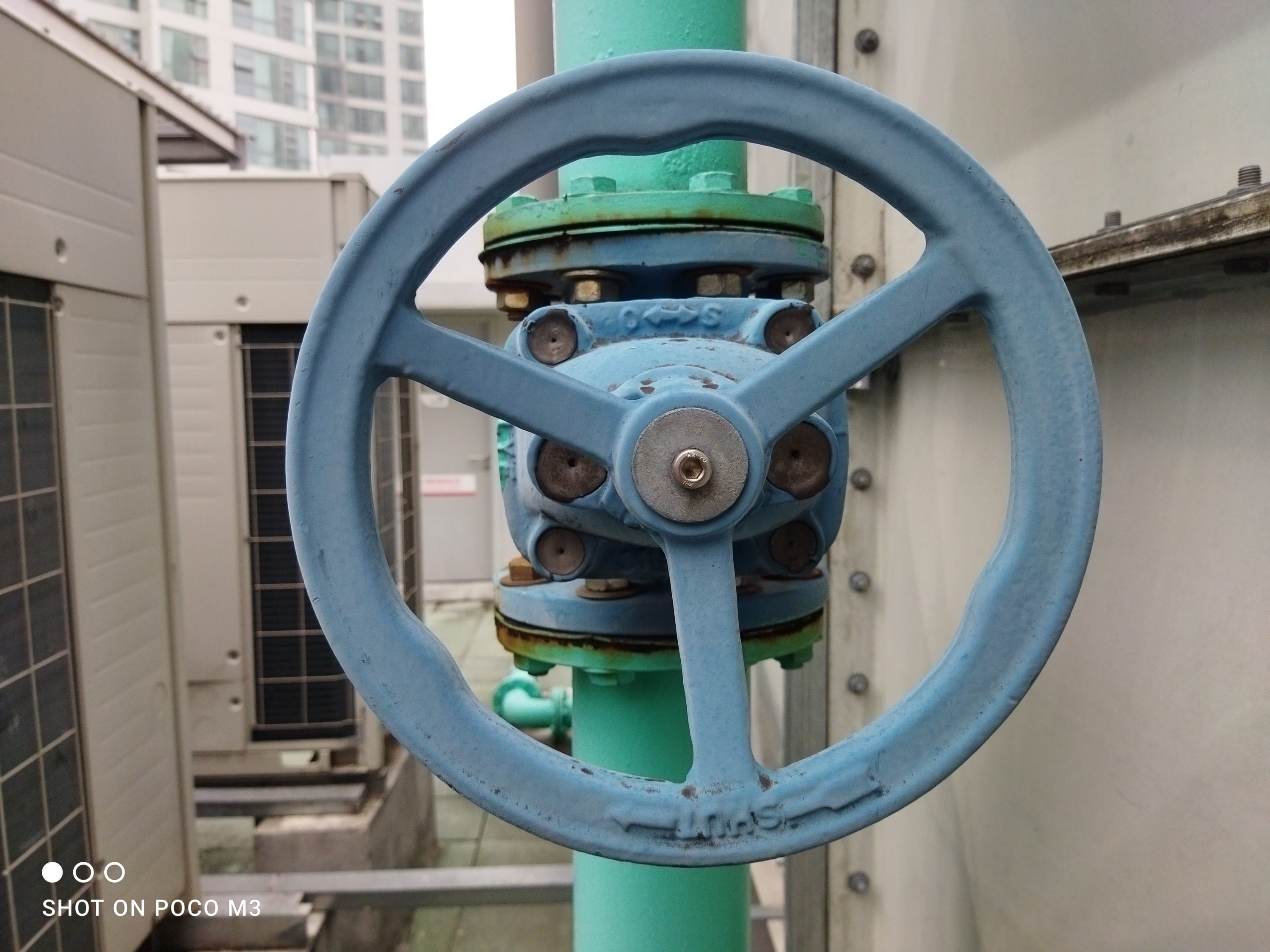

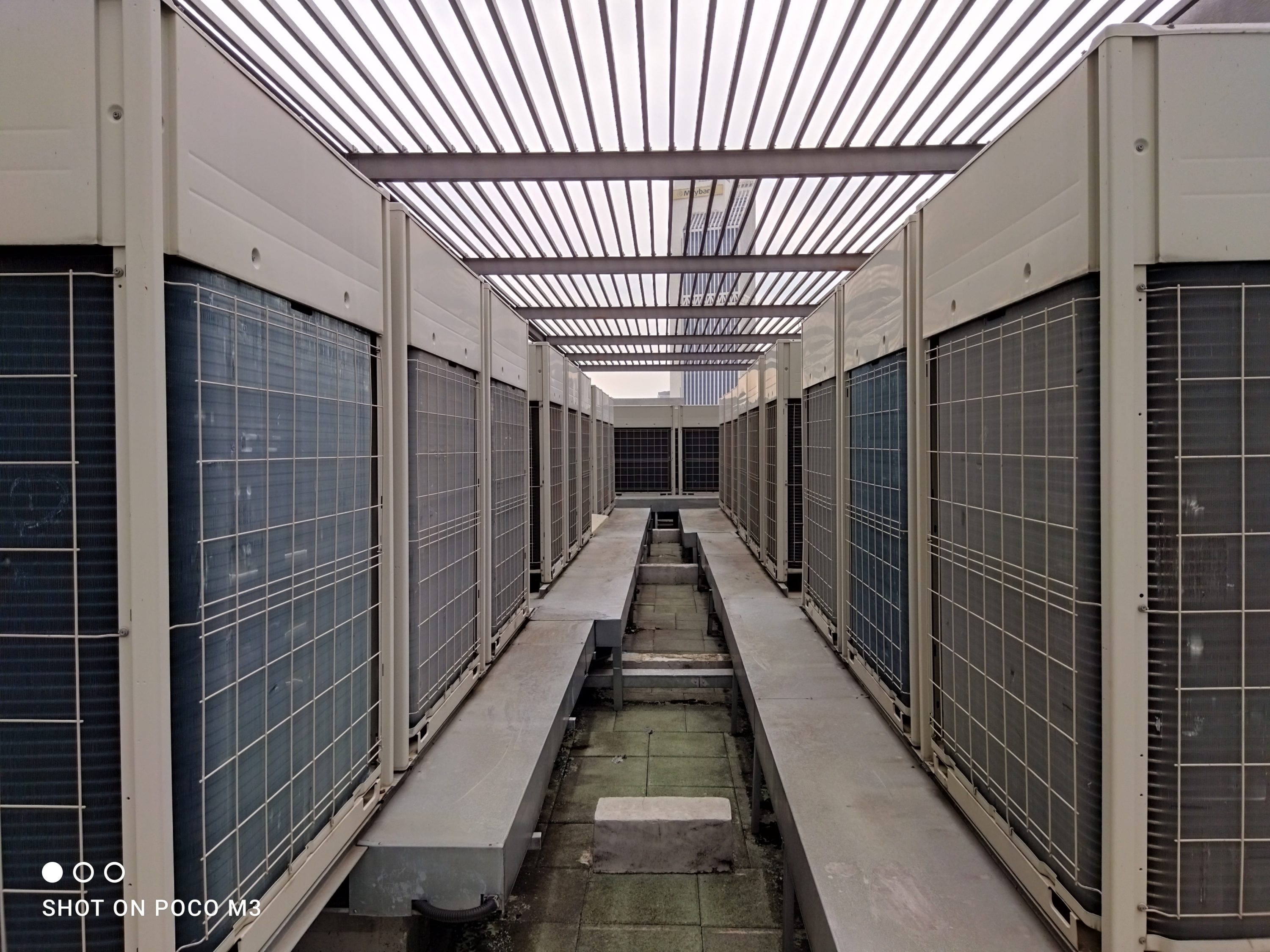
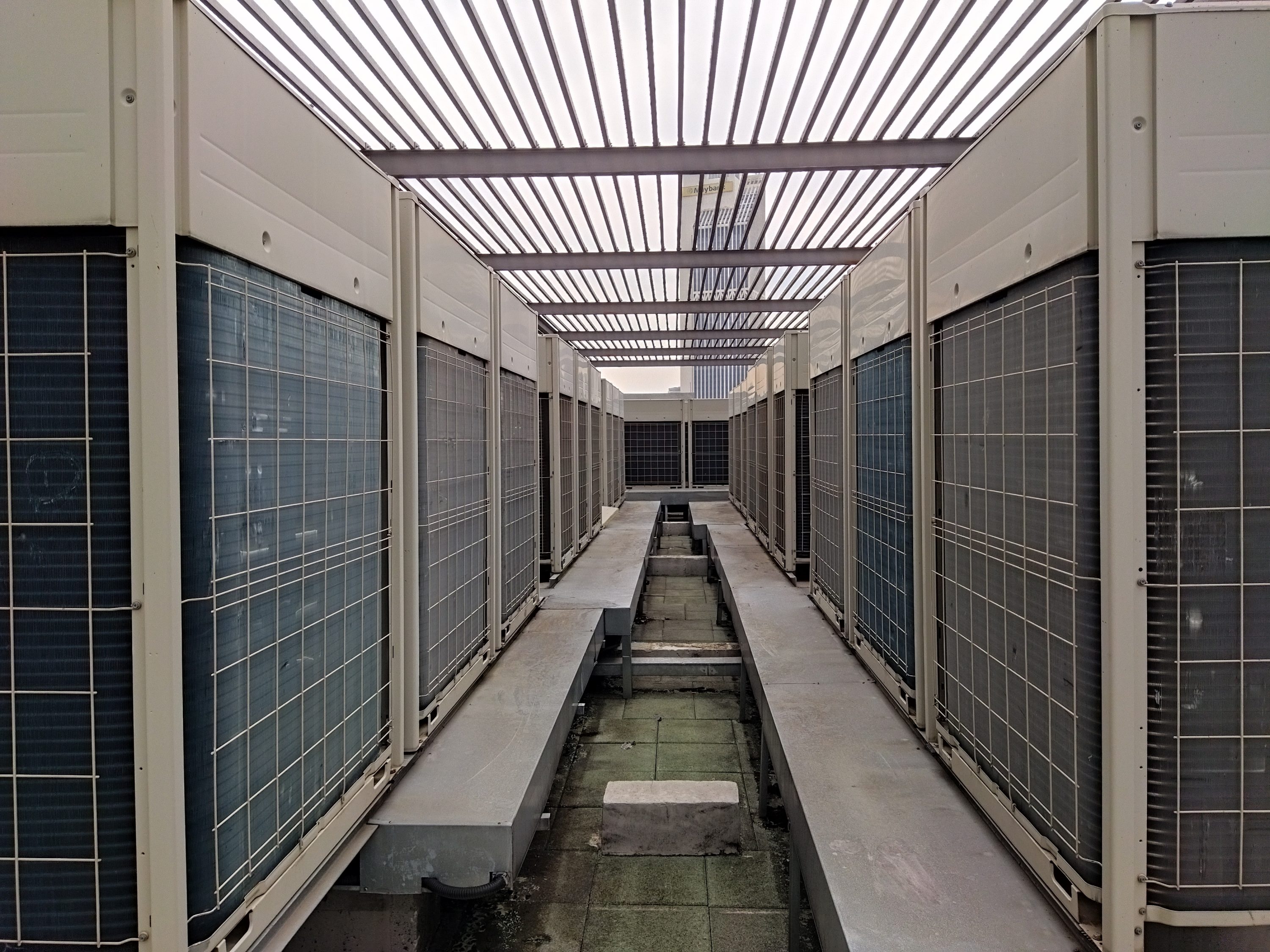
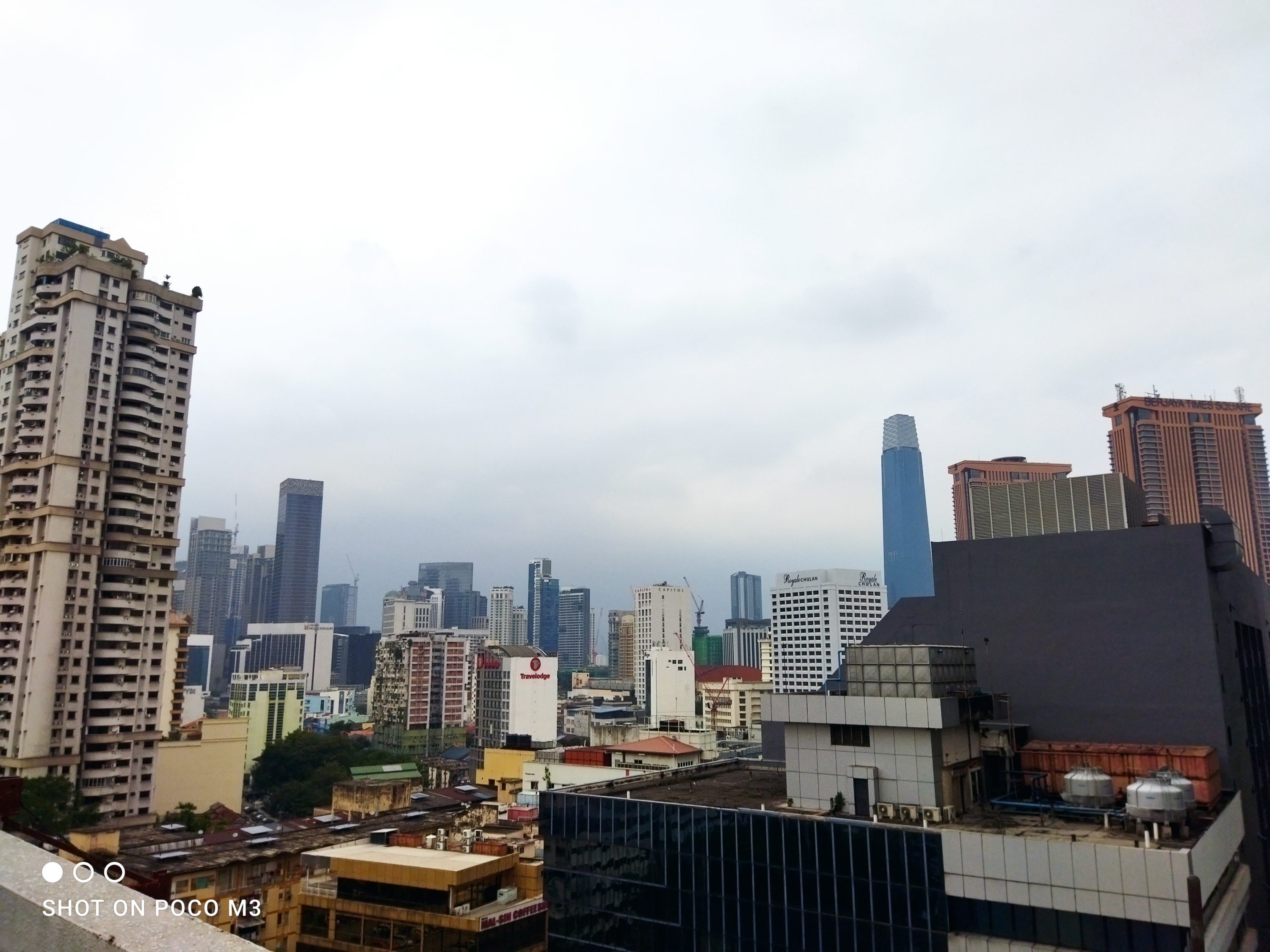
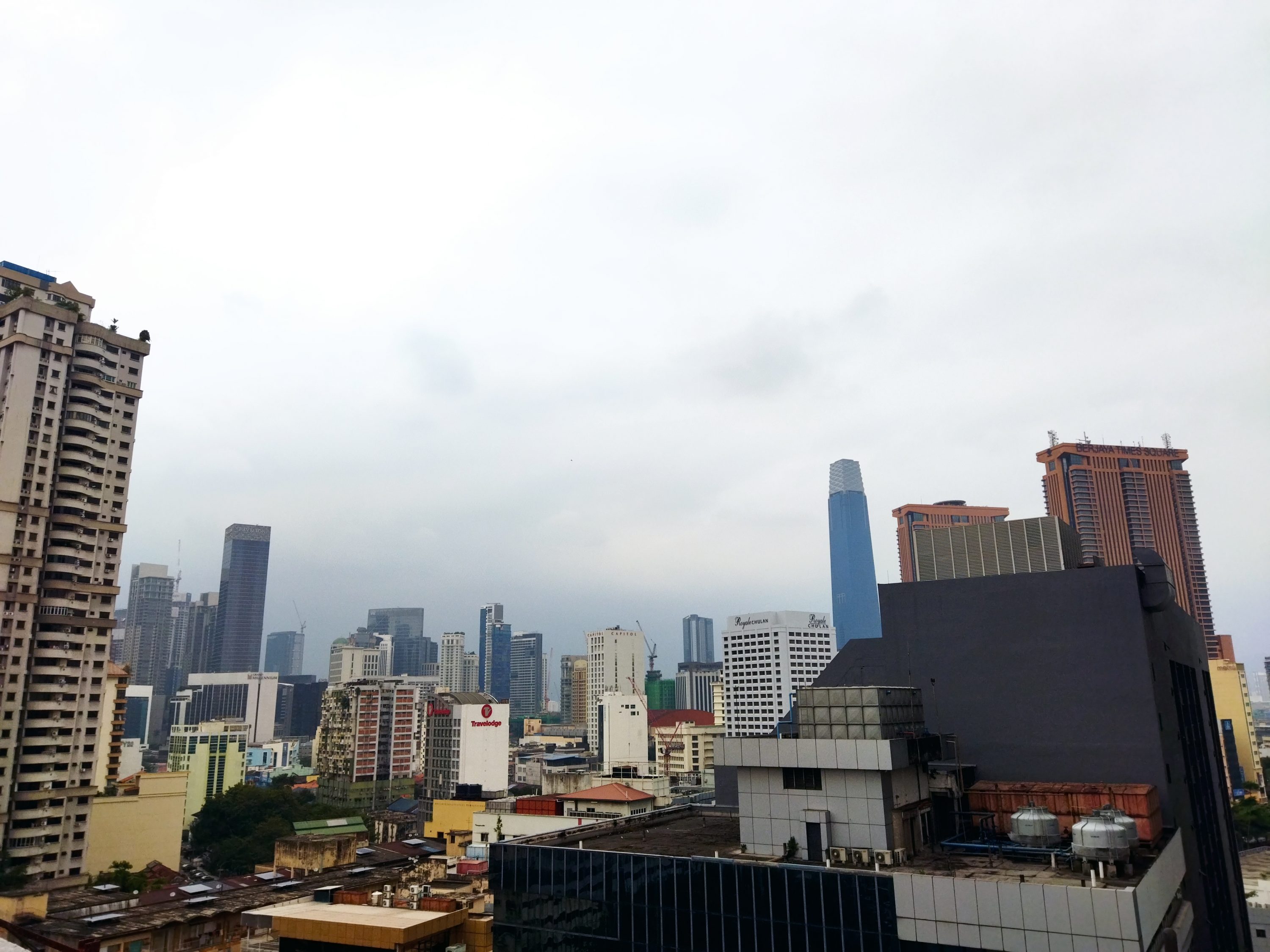
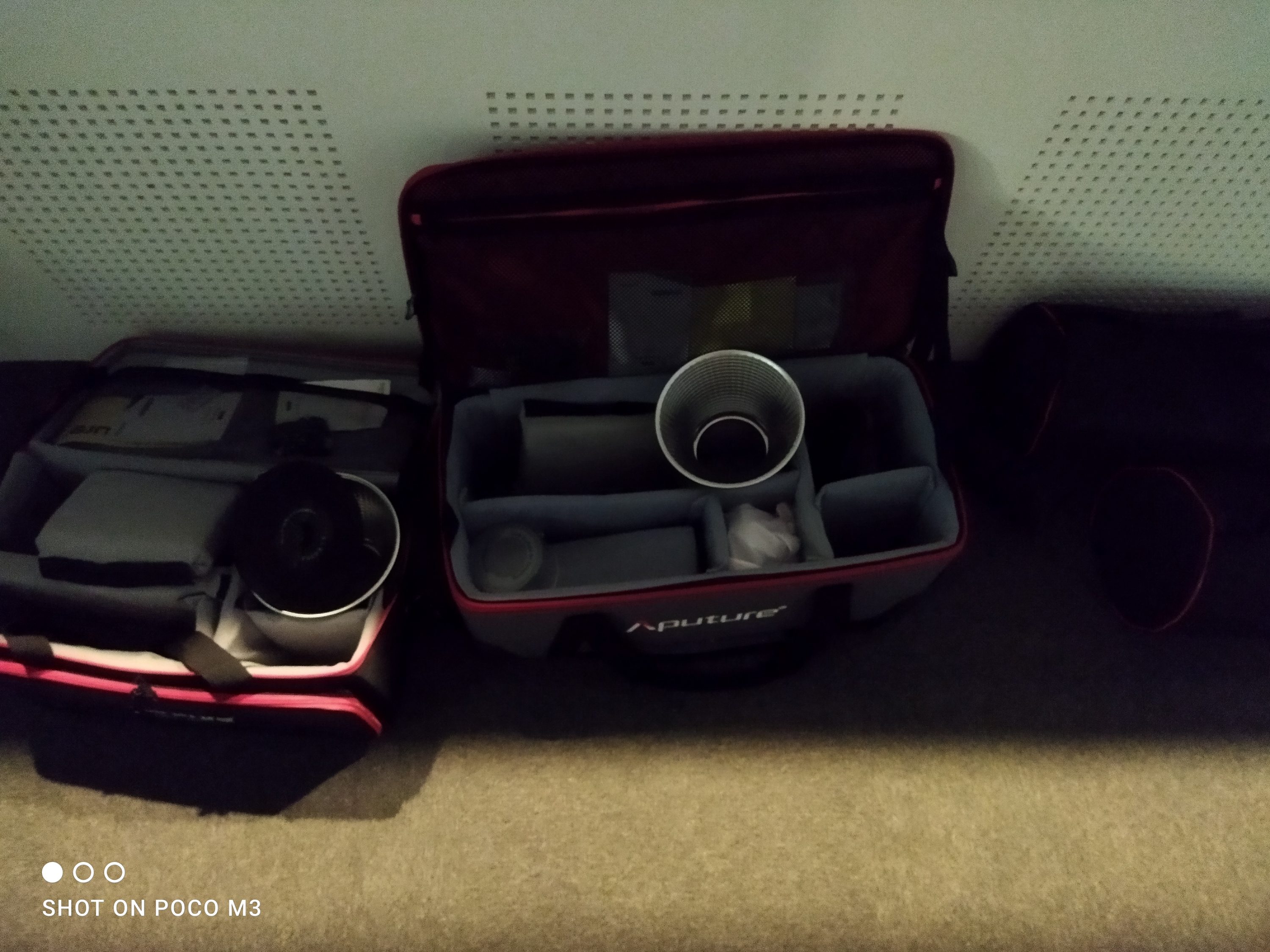
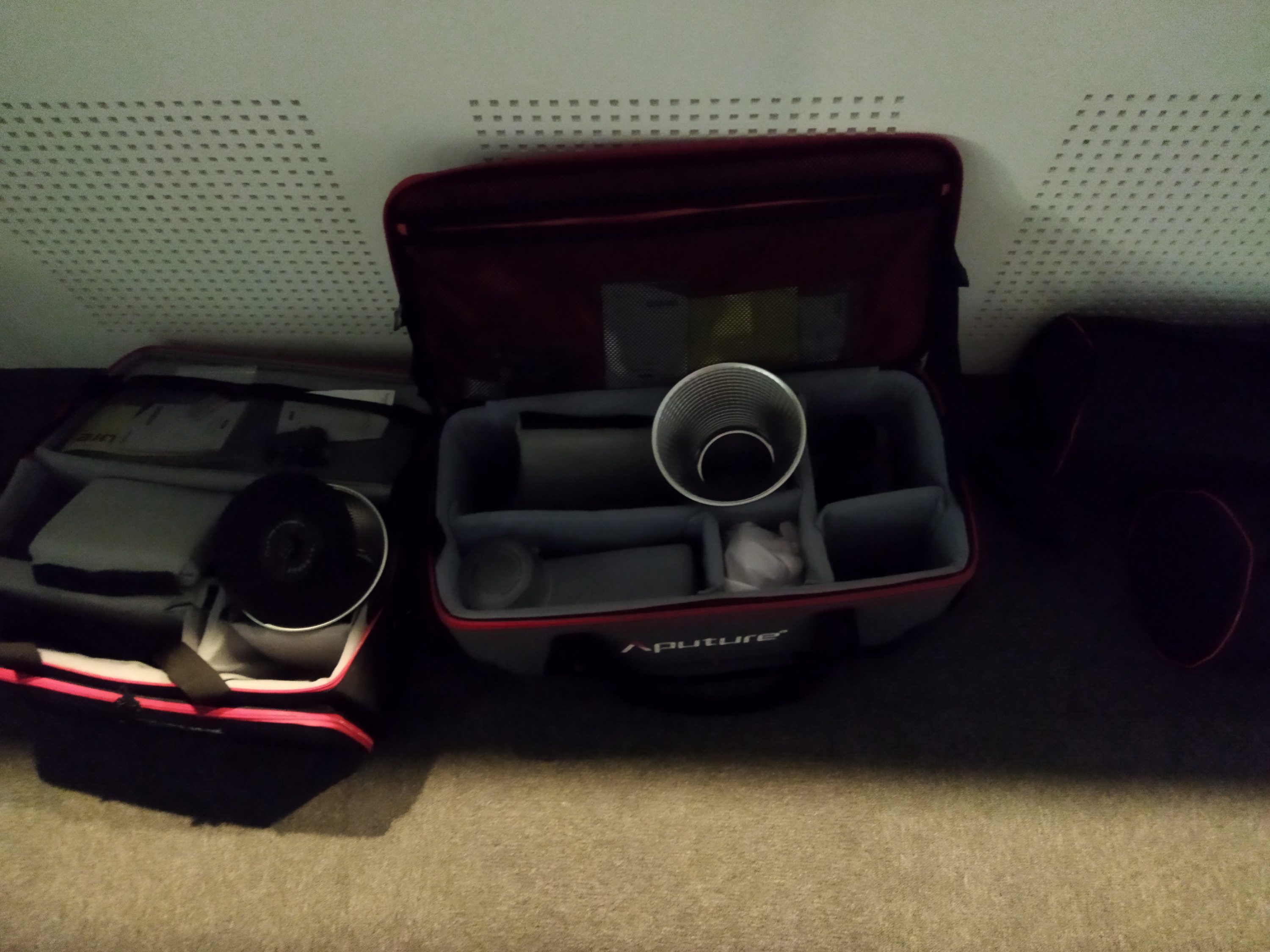
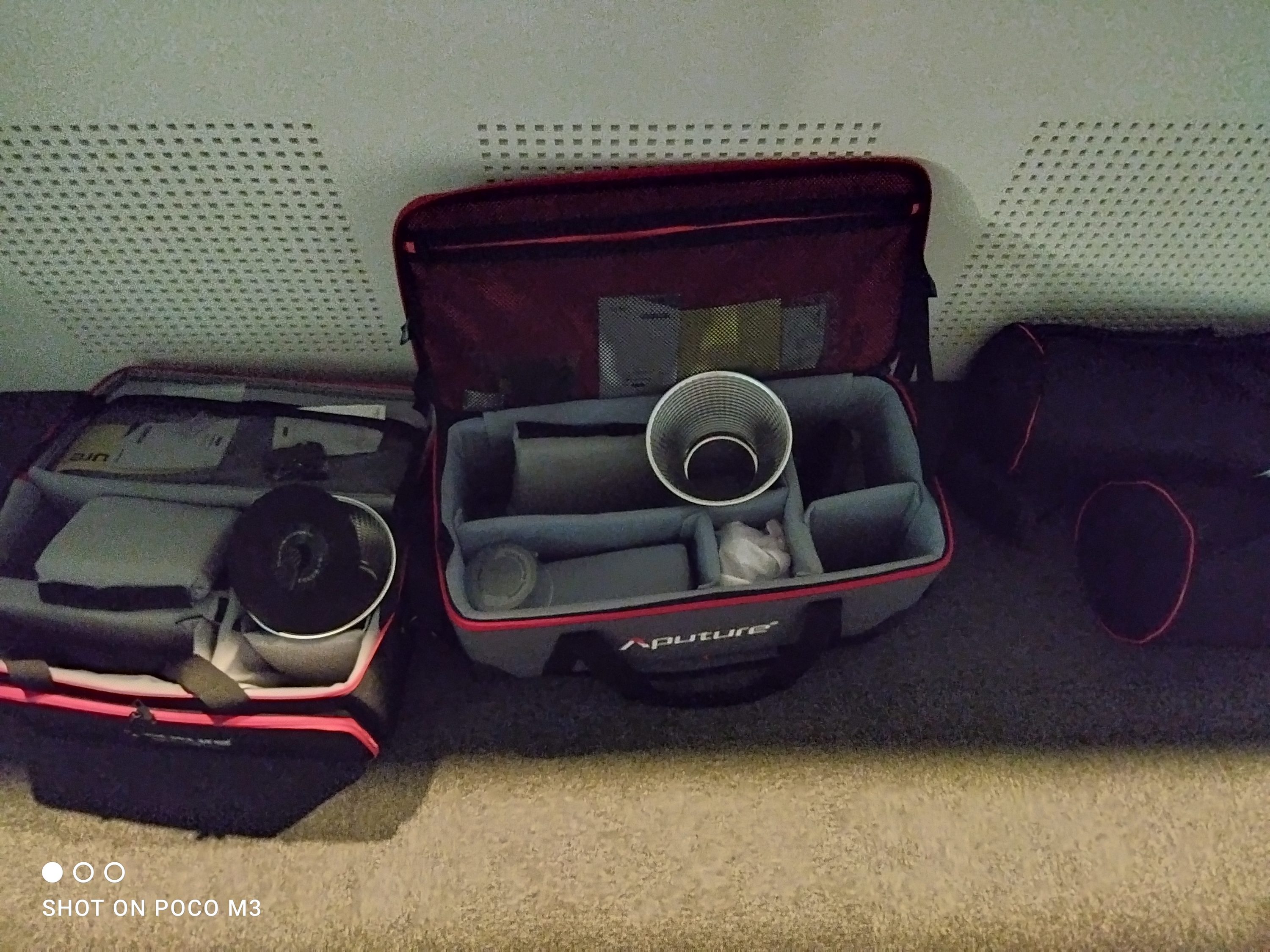
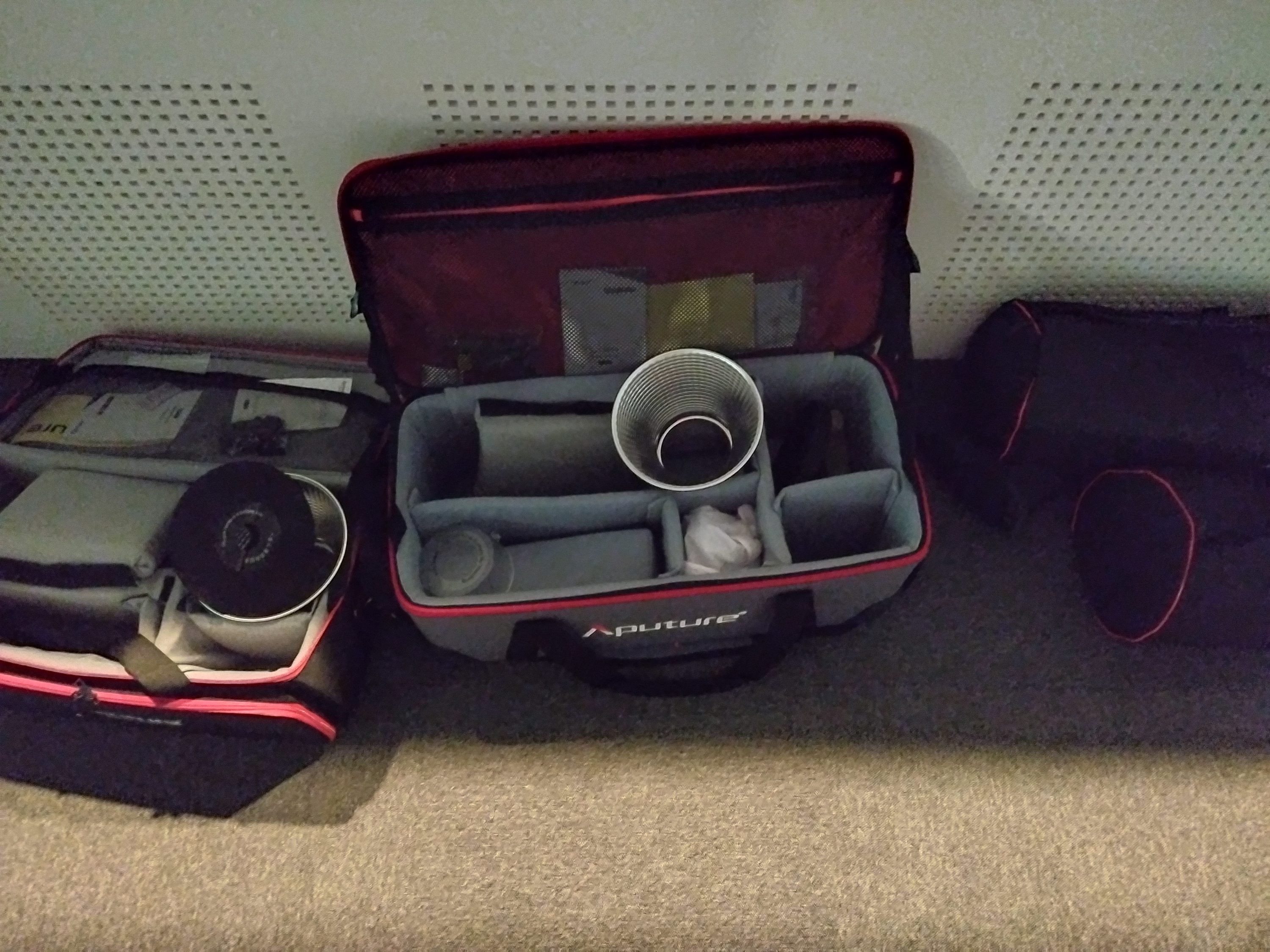
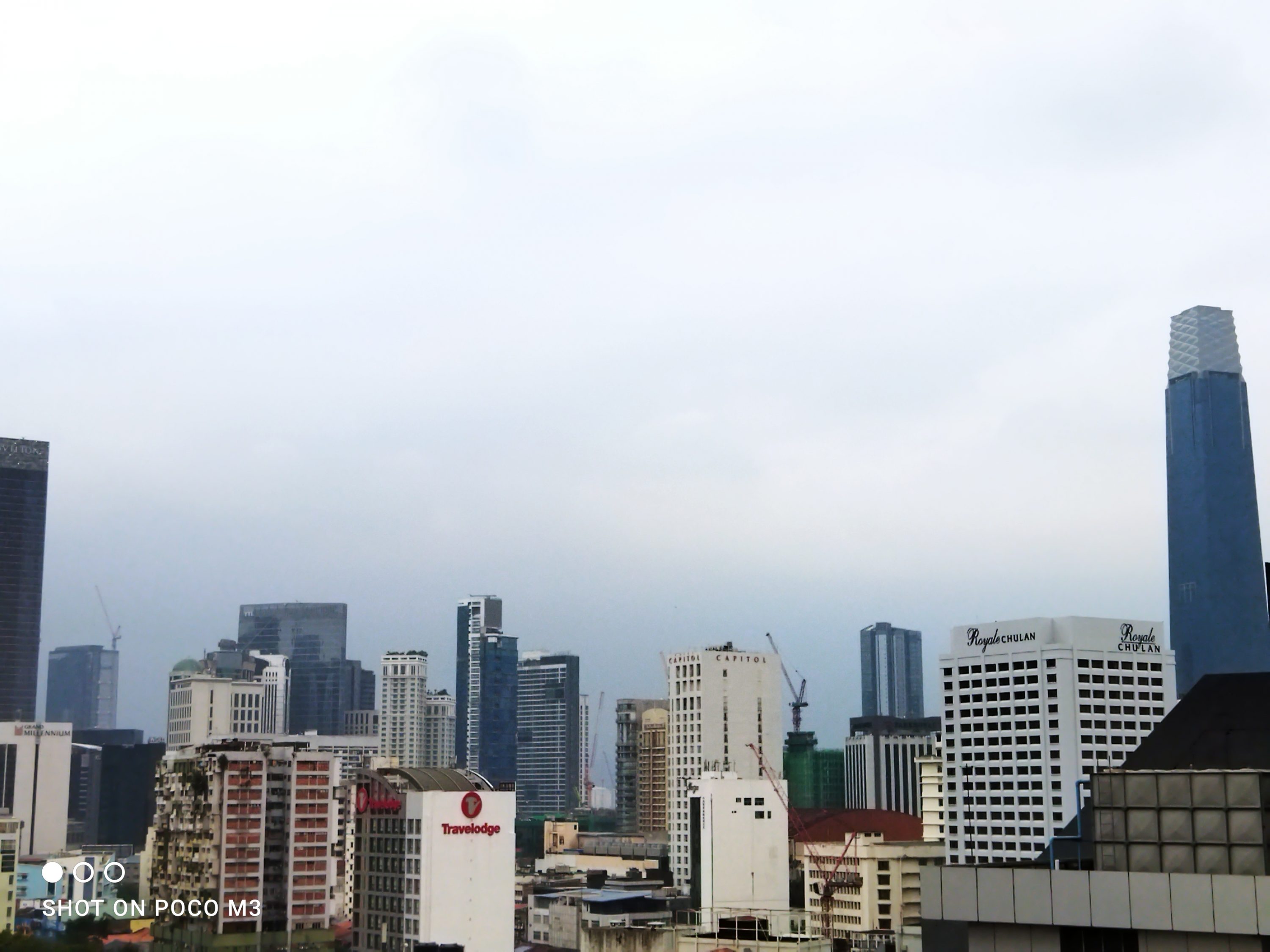
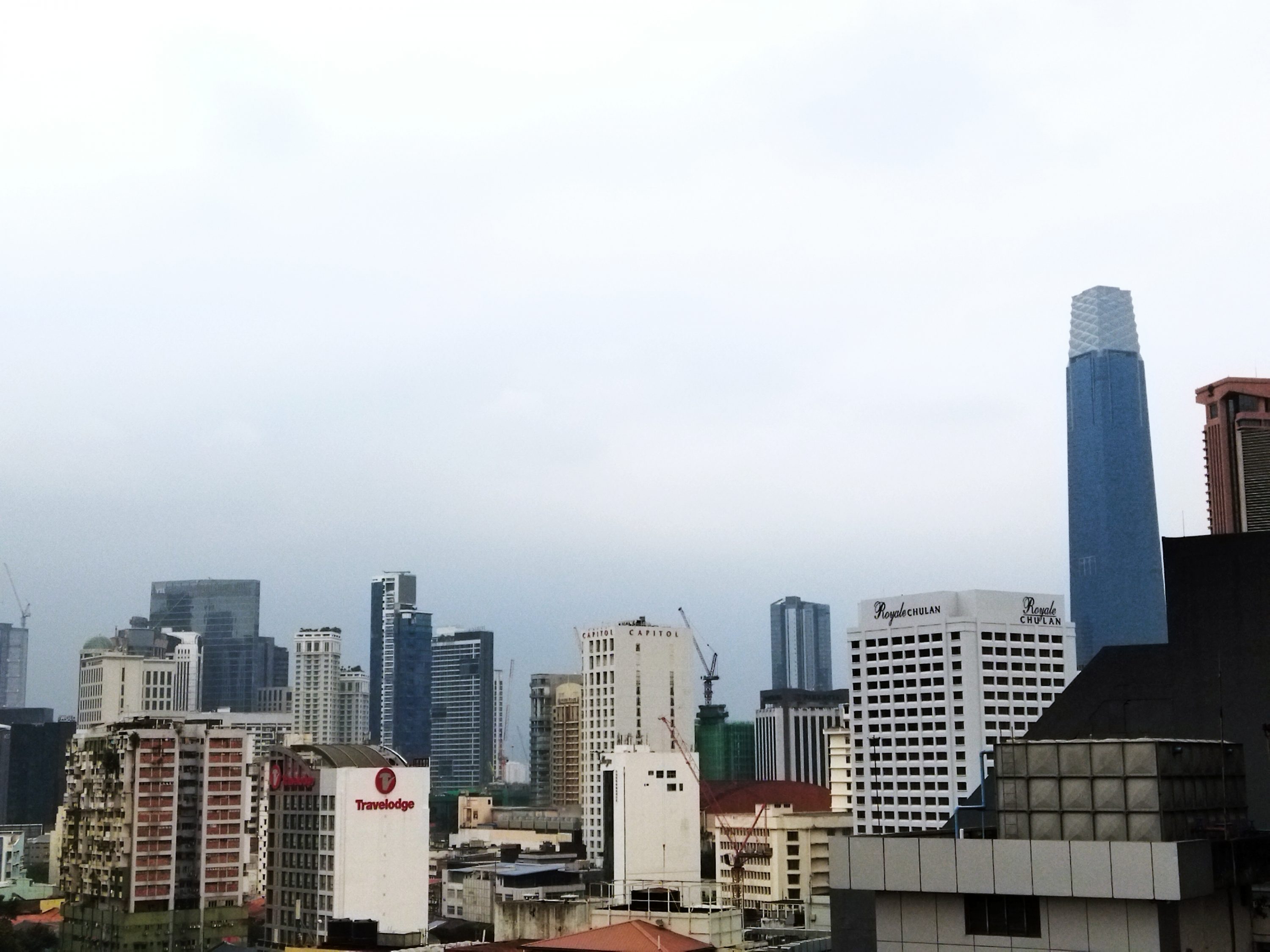

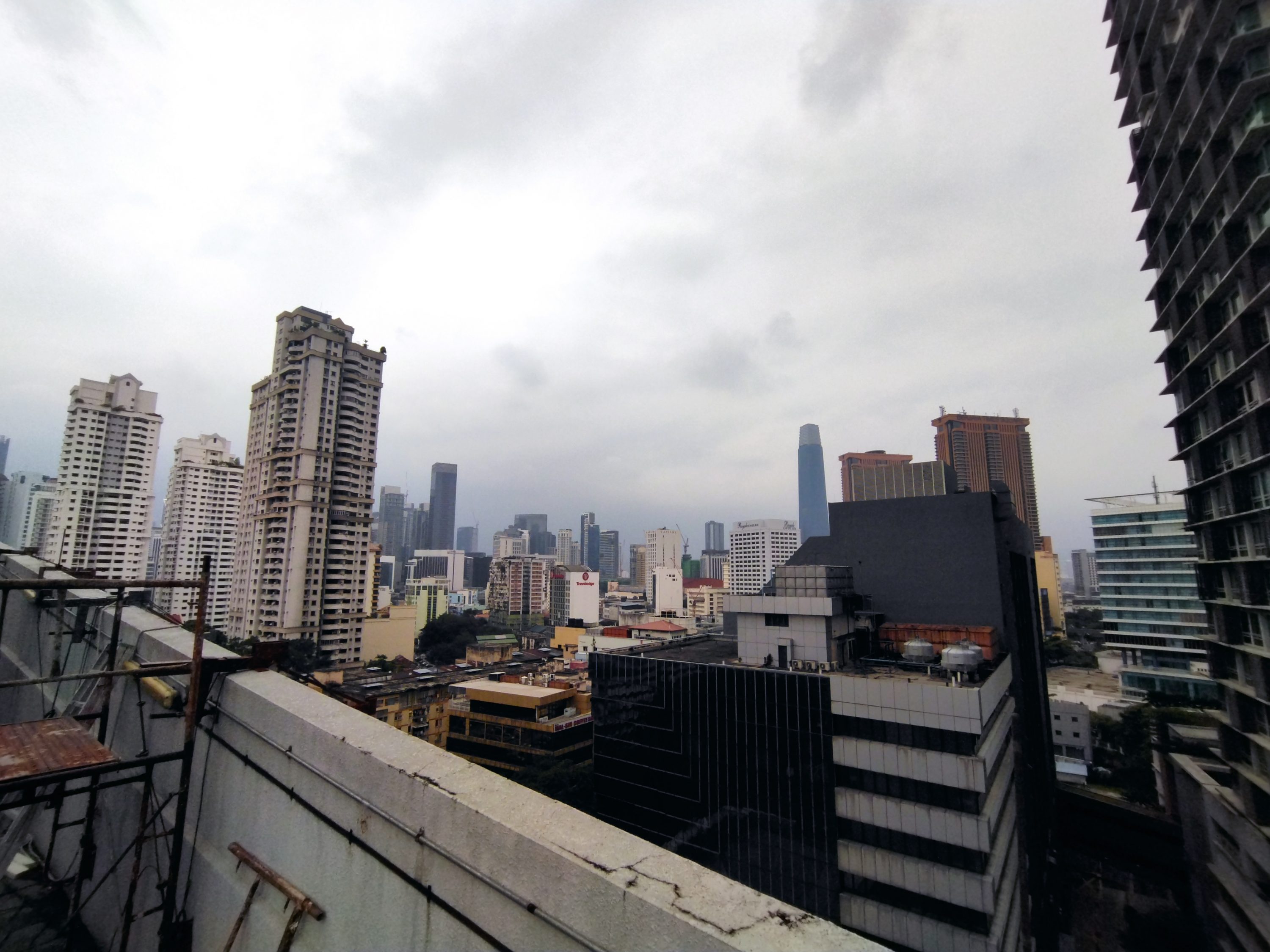




0 comments :
Post a Comment